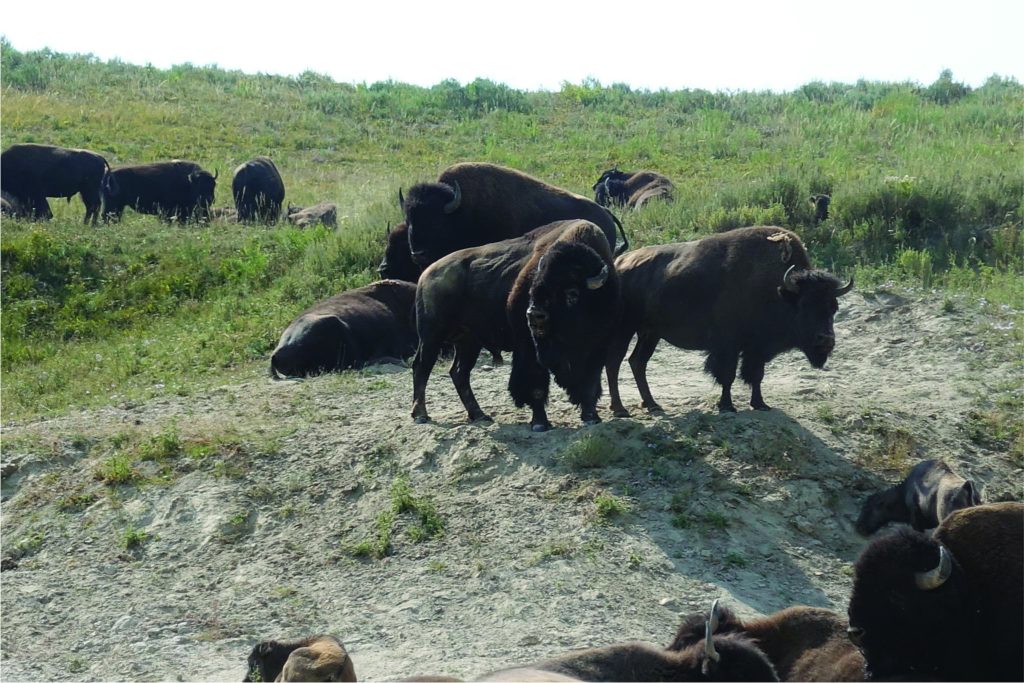
We often think that weathering the storm is the best we can do in times of adversity. I believe that we can do more. Setting our course, and following the path that we set out upon will aid us in Steering Through any hard times that we experience.
Caroline Myss, author and medical intuitive, says, “It is the storms in our life that refine our instincts, not calm waters.” Why might that be so? Perhaps the need to pay extra attention and focus during times of adversity hones our senses in a way that grows us. I believe that when we steer through a difficult time we are actually using our Resilience Muscles day by day. Exercising these, like exercising any muscles make them stronger.
A well-known Japanese novelist, Haruki Murakami makes his belief clear about the transformative power of the storms of our lives. He states, “When you come out of the storm, you won’t be the same person who walked in. That’s what this storm is all about.” It supports the notion that these experiences have a transformative effect. However, I think it is most helpful to have a well-marked path to help us weather the storm which provides the possibility of growing and transforming.
I have devised a Model for Radical Resilience which will help us steer through any storm. Radical Resilience is radical because it does not insist that we bounce back from whatever adversity befalls us. Some events do not allow us to bounce back to our original state. Radical Resilience takes us back to the root of resilience to practice ten different skills necessary to employ throughout the Steering Through process whenever traumatic events happen.
I have chosen the phrase Steer Through because of the visual sense and physicality those words evoke. I can picture sitting in the driver’s seat of the family car steering through an obstacle course of balloons that my brother set out in our backyard when I was twelve. I still feel the steering wheel in my hands pulling and twirling to avoid collision with the yellow and orange balloons. This practice certainly improved my ability to judge distances and increased my skill at maneuvering the car—which, of course, had no power steering. I recognize there were not horrendous consequences should I go off course in this example. However, it was safety that helped me practice so that when the stakes were a lot higher—with bigger consequences—I was more skillful.
The first important stage in my model is Be Ready. Why begin here? Because it acknowledges the fact that life is fraught with adversity. Many of us go through life expecting everything to run smoothly. When this inevitably doesn’t happen, we are taken by surprise and often feel victimized because a traumatic event has occurred. To Be Ready is both a process and an outcome. Being ready means we must practice the skills of resilience daily, honing our abilities and building our brain’s neural pathways to refine these skills and our ways of being.
Being Ready is also a state of mind. It honors the fact that the cost of being alive is to face adversity of all sorts. We are prepared both psychologically, emotionally, and spiritually when challenges that do rock us come along.
The second phase of my model is Steer Through. When something occurs that challenges us, we need to steer through a path that helps us do the best we can in getting through that challenge. We need to avoid the inevitable obstacles that appear that help keep us flattened out or shove us further down. We need to have built up the skills of Radical Resilience sufficiently enough to have them support us in this process—even help us grow.
About the same time I was learning to drive a car in my back yard, I was learning to navigate a cabin cruiser my family shared with four other families. It was docked near the Chesapeake Bay in Maryland. On one of our weekend trips I was asked by my dad to steer the boat through a fairly narrow channel to the Atlantic Ocean. There were far bigger boats coming through the channel from the opposite direction. It was a challenge that lasted for an hour or more of very intense maneuvering. I learned a lot about actual steering through to arrive at a goal. Sometimes we think about riding out a storm. However, I think it is always essential to have our hands on the steering wheel.
One of the things I learned about Steering Through that channel was when a huge boat went by me, after it passed, I needed to immediately turn into the wake of the boat to avoid being rolled side- to-side. This action actually shortens the time that the boat is affected by the wake. I believe this is a metaphor for exactly what we need to do when an emotional storm or physical challenge comes into our lives. We need to face it directly and head right into the storm. I realize it is counterintuitive; however, it may keep us from being rolled over by it. Facing it directly and heading right in may also shorten the time that we are affected by the challenges.
After my successful captaining of our family boat through the daunting experience of the narrow channel, I was aware of my growth. Even though I was not taller, I felt taller within myself. I was much more confident—and relieved! One more valuable lesson I learned when steering the boat was that I needed to not be watching my wake! If I drove forward in an expert way, the wake would take care of itself. This is a helpful reminder to not be captured by our past. It will not help us to Steer Through the current situation.

The Native Americans revere the buffalo because when they sense a storm is coming, the buffalo run directly into it. While it may seem counterintuitive, these animals instinctually know that running into the storm gets them through it in the quickest way possible. Cows, on the other hand, tend to run away from the storm. This actually often results in their suffering for a longer period of time. While to some extent we may be compared to herd animals, we are also individuals. Perhaps, in some instances, we might be able to outrun the weather— but we are not able to outrun the adversities in our lives. If we have been practicing the Ten Skills of Radical Resilience, we will be more ready to navigate whatever storm hits us by facing it directly. With these skills more honed in our behavior and with these skill pathways more evident in our neural networks we become more resilient.
These Ten Radical Resilience Skills support our journey of Steering Through the storms of our lives:
• MINDFULNESS
•REFRAMING
•COURAGE
•PERSEVERANCE
•REALISTIC OPTIMISM
•CREATIVITY
•PHYSICAL ACTIVITY
•FLEXIBILITY
•HOPE
•SPIRITUALITY
Keep tuned in for the second article on The Struggle to Grow coming soon.
REFERENCE
Scannell, Dr. Alice Updike, (2017). Radical Resilience : When There’s No Going Back To The Way Things Were, A. Beekman Updike, Portland, OR
Author: Kathryn VanBoskirk, LCSW
kvb.communityenhancementproject@gmail.com